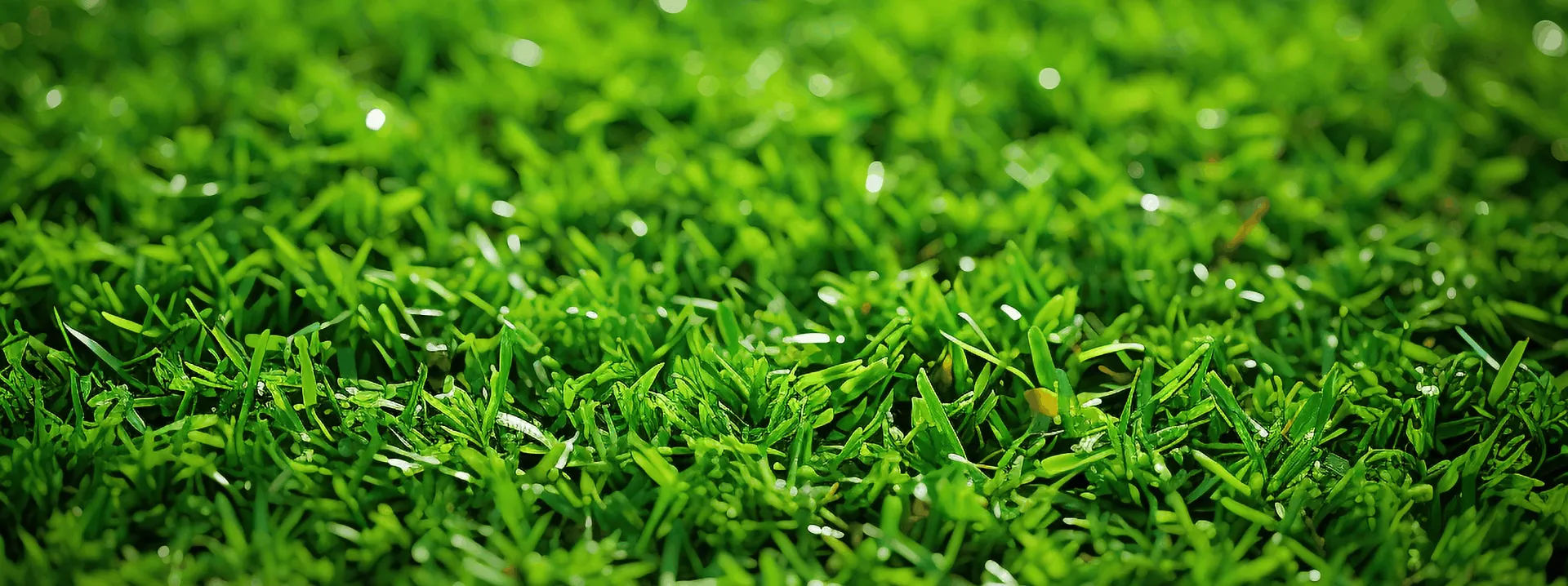
- Afrikaans
- Arabic
- Belarusian
- Bengali
- Czech
- Danish
- Dutch
- English
- Esperanto
- Estonian
- Finnish
- French
- German
- Greek
- Hindi
- Hungarian
- Icelandic
- Indonesian
- irish
- Italian
- Japanese
- kazakh
- Rwandese
- Korean
- Kyrgyz
- Lao
- Latin
- Latvian
- Malay
- Mongolian
- Myanmar
- Norwegian
- Persian
- Polish
- Portuguese
- Romanian
- Russian
- Serbian
- Spanish
- Swedish
- Tagalog
- Tajik
- Thai
- Turkish
- Turkmen
- Ukrainian
- Urdu
- Uighur
- Uzbek
- Vietnamese
Understanding the Components Beneath Artificial Turf Layers for Optimal Performance and Durability
Dec . 07, 2024 10:34 Back to list
Layers Under Artificial Grass Understanding the Foundation of a Perfect Lawn
Artificial grass, also known as synthetic turf, has gained immense popularity in recent years, thanks to its low maintenance and aesthetic appeal. It can be found in various settings, from residential lawns to professional sports fields. However, the performance and longevity of artificial grass largely depend on the layers that lie beneath its surface. Understanding these layers can help homeowners and facility managers make informed decisions about installation and maintenance.
At its core, the installation of artificial grass involves several essential layers, each serving a specific purpose in enhancing performance, drainage, and durability. The primary layers under artificial grass include the subgrade, base layer, and infill material.
1. Subgrade
The subgrade is the natural soil layer that forms the foundation for the entire system. Before installing artificial grass, it’s crucial to assess the condition of the subgrade. It should be compact, stable, and free from organic materials that can decompose over time, leading to uneven settling and potential damage to the turf. Proper grading of the subgrade facilitates efficient drainage, preventing water from pooling on the surface and ensuring that the artificial grass stays dry and usable.
2. Base Layer
The base layer is typically made of crushed stone or gravel and acts as a support system for the artificial grass above. This layer is essential for drainage, as it allows excess water to flow away from the surface, minimizing issues with mud or waterlogging. A well-compacted base layer enhances the overall stability of the turf, enabling it to withstand foot traffic and heavy use. The thickness of the base layer can vary depending on the intended use of the area; for instance, sports fields may require a thicker base compared to residential lawns.
3. Geotextile Fabric
layers under artificial grass

Placing a geotextile fabric between the base layer and the subgrade is a common practice. This permeable fabric acts as a barrier, preventing the fine particles of the soil from mixing with the base layer while allowing water to pass through. By maintaining the integrity of the base layer, geotextile fabric plays a critical role in ensuring drainage, stability, and longevity of the artificial turf.
4. Infill Material
Infill material is another vital layer that plays a significant role in the performance of artificial grass. Composed of small granules of materials such as rubber, sand, or a combination of both, infill serves multiple functions. It helps to support the grass fibers, keeping them upright and providing a natural look and feel. Infill also aids in cushioning the surface, making it more comfortable to walk or play on. Additionally, it contributes to proper drainage and heat dissipation, preventing the artificial surface from overheating in sunny conditions.
5. Top Layer – The Synthetic Turf Itself
Finally, the top layer is the artificial grass itself, which comes in various styles, colors, and textures designed to mimic natural grass. With advancements in technology, synthetic turf has become highly realistic, providing an appealing look without the high maintenance associated with natural grass.
Conclusion
In conclusion, understanding the layers under artificial grass is crucial for achieving a successful installation and maintaining an attractive, functional lawn or playing field. Proper attention to each layer—from the subgrade to the infill and the turf itself—ensures excellent drainage, durability, and aesthetic appeal. Whether for residential use or high-performance sports fields, investing in a well-constructed base can enhance the enjoyment and longevity of artificial grass, making it a worthwhile addition to any space. Thus, when considering artificial grass installation, always prioritize the right materials and professional guidance for optimal results.
-
The Benefits of Artificial Turf for Indoors
NewsJul.15,2025
-
How Artificial Grass Suppliers Ensure Quality Products
NewsJul.15,2025
-
Artificial Grass and Pets: A Space for Relaxation
NewsJul.08,2025
-
Balcony & Outdoor Decoration with Artificial Grass
NewsJul.08,2025
-
Best Indoor Artificial Grass for Home
NewsJul.07,2025
-
Best Pet Turf for Dogs: Safe & Durable Artificial Grass Options
NewsJul.07,2025
Products categories









